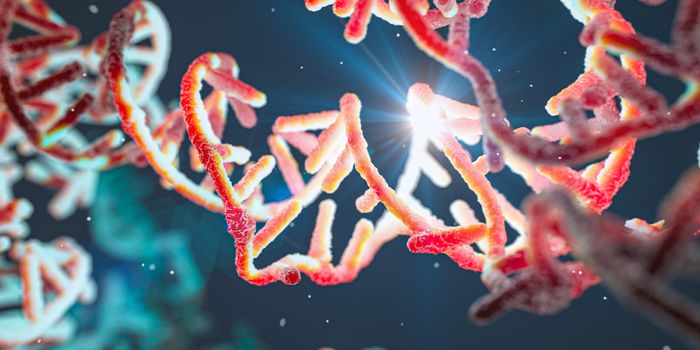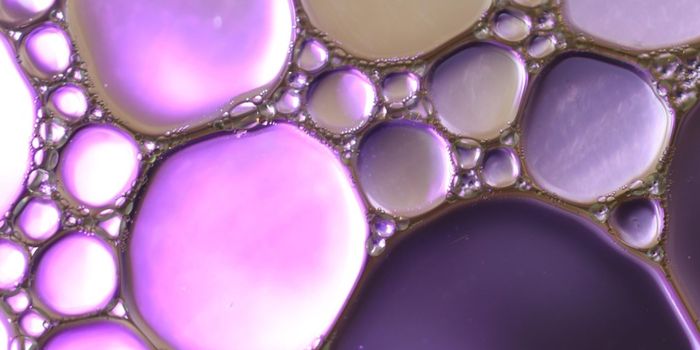An Essential Role for Vitamin A in Wound Repair & Stem Cell Function
Humans aren't capable of regenerating lost limbs, but our bodies can heal from many wounds. Whenever we scratch or cut our skin, for example, skin stem cells move in to regrow the epidermis and repair the injury. There are also hair follicle stem cells in the skin that normally boost hair growth. But they can also change into epidermal stem cells when needed to boost the repair effort. When hair follicles morph into epidermal stem cells, they enter a state called lineage plasticity, in which they express genetic transcription factors that are found in both types of stem cells.
New research has shown that stem cells in the lineage plasticity state are unable to capably function as either type of stem cell until they have selected an identity. Retinoic acid, the biologically active form of vitamin A, seems to be an important regulator of this selection process. The findings have been reported in the journal Science.
"We now have a better understanding of skin and hair disorders, as well as a path toward preventing lineage plasticity from contributing to tumor growth," said senior study author Elaine Fuchs of Rockefeller University.
Lineage plasticity is seen in multiple tissue types during wound repair, and has also been linked to cancer cells; it can be a "double edged sword," said first study author Matthew Tierney, a postdoctoral researcher in the Fuchs lab. "The process is necessary to redirect stem cells to parts of the tissue most in need but, if left unchecked, it can leave those same tissues vulnerable to chronic states of repair and even some types of cancer."
In this study, the researchers looked for small molecules that were involved in the resolution of lineage plasticity in a mouse stem cell model. They determined that retinoic acid was required for stem cells to exit lineage plasticity and then differentiate into either hair or epidermal cells.
"Through our studies, first in vitro and then in vivo, we discovered a previously unknown function for vitamin A, a molecule that has long been known to have potent but often puzzling effects on skin and many other organs," Fuchs said. Some studies have revealed confounding results. For example, topical retinoids can boost hair growth in wounds, but too much will cause hair loss.
The investigators showed that changing retinoid acid levels, whether through dietary, genetic, or topical interventions, could influence how stem cells reacted to skin injuries and regrew hair. The retinoids were also found to interact with signaling molecules like BMP and WNT, impacting whether the stem cells actively regrew hair or maintained a quiescent state.
Additional work revealed that if hair follicle stem cells are involved in wound repair, then retinoic acid levels must be low; with high levels, the cells will not enter lineage plasticity and cannot repair wounds, while low levels cause to stem cells focus on wound repair without regenerating hair.
Researchers still have more to learn about how retinoids can affect other types of cells. "Many tissues that receive retinol and convert it to retinoic acid need wound repair and use lineage plasticity, so it will be interesting to see how broad the implications of our findings in skin will be," said Fuchs.
Future studies can also reveal more about how retinoids may be related to cancer. The scientists noted that when lineage plasticity is unregulated, for example, it can lead to cancer. It may also be possible to control tumor growth by suppressing lineage plasticity, but more work will be needed to determine if that is a viable approach.
"It's possible that suppressing lineage plasticity can improve prognoses," said Fuchs. "This hasn't been on the radar until now. It's an exciting front to now investigate."
Sources: Rockefeller University, Science









